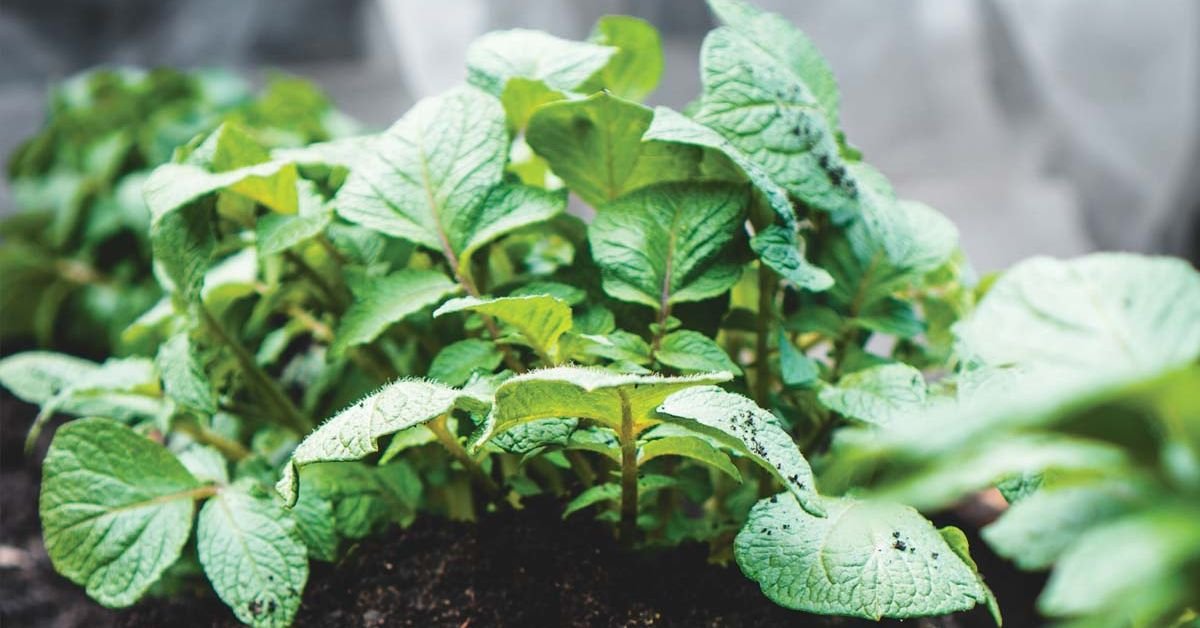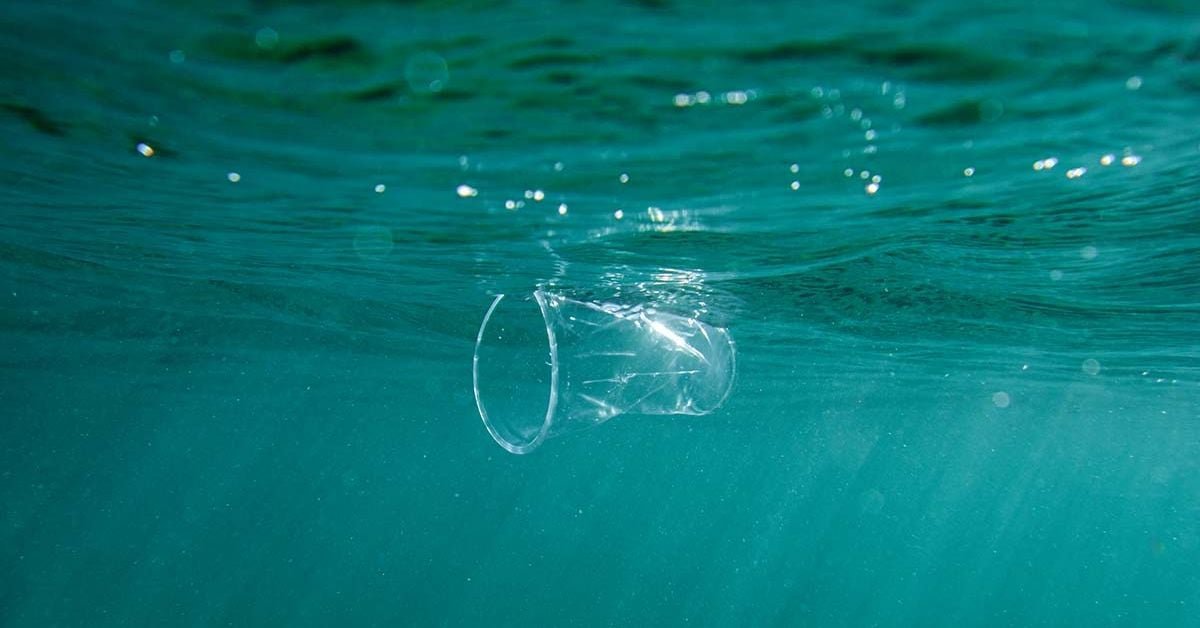A Message from the Heart
Feeling pressured to protect the environment can often lead to feelings of guilt and fatigue. Instead, when sustainability is approached as an expression of love, that emotional connection fosters a sense of fulfillment and enables us to create meaningful, lasting impact for future generations.
Lindsay Coulter (@SaneAction), a green living authority, former Queen of Green™, community leader, mother, and co-founder of EPIC Learning Centre—a forest and nature school in Victoria, BC—discusses the significance of emotions like love in sustainability: “Emotions are fundamental to logical reasoning. They are an integral part of being human and help guide our attention. How can we acknowledge the world’s suffering or find the courage to engage with it if we lack the skills to navigate our emotions? (It’s important, of course, to avoid acting out of harmful emotions.)”
“Guilt is an unnecessary burden,” Coulter asserts. “There’s no room for it; focus on love.” Toko-pa Turner, author of Belonging (Her Own Room Press, 2017), emphasizes the need to connect with the earth, illustrating that the pain we feel stems from being separated from what we cherish—Mother Earth.
Foundational Moments
Research indicates that children who spend significant time in nature develop a desire to safeguard it as adults. A 2017 University of British Columbia study reported that 87 percent of participants who enjoyed outdoor play as children maintained a love for nature in adulthood, with 84 percent prioritizing environmental care.
A previous study from 2006 highlighted the importance of “wild” play in nature in nurturing future environmentalists, meaning unstructured play that allows children to fully engage with their surroundings—like a day spent creating flower crowns or digging in the dirt.
Embrace the Wild!
If you’re unsure how to inspire a love for nature in your children, consider the following activities to stimulate their (and possibly your) creativity:
- Building fairy houses
- Going puddle-jumping
- Skipping stones
- Making mud pies
- Climbing trees
- Picking fruit or berries
- Wading in tidepools
- Organizing a scavenger hunt
- Constructing a snowman
- Flying a kite
Seeking Further Inspiration?
For additional inspiration to encourage outdoor play, explore these books:
- There’s No Such Thing as Bad Weather by Linda Åkeson McGurk (Touchstone, 2017)
- Play the Forest School Way by Jane Worroll and Peter Houghton (Watkins Media, 2016)
Nurture Your Relationship with Nature
What should you do if you’re no longer a child? Is fostering a connection with nature still relevant? Coulter believes it is. “Spending time in nature helps alleviate profound feelings of disconnection,” she explains. “Every day, seek out magic. Find beauty and awe. In nature, you become aware that the world encompasses more than just yourself!”
Coulter suggests the “Work That Reconnects” by Joanna Macy (workthatreconnects.org), a type of group work that aims to cultivate the motivation and ability to contribute to healing our planet. This approach includes various resources and practices. For example, Coulter advises, “Imagine everything you encounter is alive and has its own narrative—the stone, the moss, a tree.”
“Stay open to communication. Whisper to and touch the trees. Practice observation and allow yourself to be observed. Show gratitude and respect for them. Does the water or tree seem to reflect your presence? Let your senses awaken. Speak words of appreciation to the living thing, acknowledge its existence, and wish it well as it is without trying to change it.”
Though we may believe ourselves to be kids at heart, there are many activities for adults to cultivate our relationships with nature. Here’s a preliminary list for inspiration:
- Stargazing
- Birdwatching
- Gardening
- Skiing, snowboarding, or snowshoeing
- Outdoor meditation or yoga
- Hiking
- Camping
- Identifying wild plants or mushrooms
- Foraging
- Watching the sunrise or sunset
Demonstrate Your Care for Nature
Individual actions matter greatly. If you’re embarking on your environmental journey, these eco-living tips are excellent starting points:
- Plant trees.
- Minimize food waste.
- Conserve water.
- Learn how to repair clothing.
- Cut down on plastic use.
- Avoid fast fashion and shopping as a pastime.
- Purchase from second-hand stores or local artisans.
- Opt for active transportation whenever possible: cycle or walk.
- Read books on environmental topics.
Share the Love
It’s vital to complement personal eco-actions with collective efforts. What does that entail? Again, it revolves around love. When we participate in collaborative efforts, we come from a place of love for our shared planet and its residents.
Engaging in eco-friendly practices (like using reusable bottles) also means recognizing broader issues (such as advocating for clean water access across all communities, especially for First Nations lacking clean water).
What is #BlackBirdersWeek?
BlackBirdersWeek is an initiative started on social media in spring 2020 to celebrate and normalize Black individuals’ love for nature. Organizers aim to raise awareness about the lack of inclusivity in outdoor spaces, as Black individuals often face racism while enjoying nature. It’s crucial that everyone can experience the outdoors safely and comfortably, and we must work towards that goal.
Consider beginning with what you personally love. For example, if you appreciate sourcing local, organic produce (without plastic), consider volunteering with a group focused on improving food security in your community.
Below is a non-exhaustive list of collective eco efforts that can deepen our bond with the environment:
- Start a community garden.
- Host a clothing swap.
- Create a local “buy nothing” community.
- Organize a shoreline cleanup or litter drive.
- Get involved with a volunteer organization.
- Share your skills with others, like knitting or foraging.
- Attend local meetings and town halls (many available online).
- Write to lawmakers to voice your opinions.
- Donate to environmental or social causes.
- Spread awareness to others.
The natural world is a magnificent place deserving of love, respect, and protection. This Valentine’s Day, and every day, let’s dedicate our hearts to loving our planet—and its inhabitants.
10 Eco-Friendly Valentine’s Gifts
If you’re considering a Valentine’s gift for family, friends, or a loved one, think about these options:
- A batch of freshly baked cookies or homemade bread
- A seedling or potted plant
- Organic and fair-trade tea or coffee
- Beeswax candles
- A poem, story, song, or painting created by you!
- A home-cooked meal or a gift card to a restaurant
- A DIY bath bomb, sugar scrub, or lip balm
- Artisanal, locally made soap
- Sustainably or ethically produced lingerie or sleepwear
- Organic and fair-trade chocolates
Try This: “Birthday Witnessing”
“On your birthday, practice an annual ritual of gratitude!” suggests green living expert Lindsay Coulter. “Gratitude is a social emotion that highlights what is present in our lives. It strengthens our connection with the living world, boosts our resilience, and helps us cope with difficult truths.
“What changes do you notice in nature on your birthday? What’s flowering or preparing for rest? Pay attention to the smells and sounds around you. Notice the textures in the atmosphere, the ground, on leaves, or in the snow.”
Find Your Community
Lindsay Coulter recommends finding circles, groups, or workshops that facilitate the development of compassion, resilience, or strategies for coping with climate-related grief. “For example, explore the Good Grief Network’s online resources or locate a chapter close to you,” she shares. “Numerous compassionate and trauma-informed groups offer online sessions globally.”
Create Art Inspired by Nature
As expressed by green living expert Lindsay Coulter (@SaneAction), “An earth altar offers a simple method to recognize both sorrow and joy. Get inspired by ephemeral artwork from Day of Morning Altars (instagram.com/morningaltars).
“You can create your own! I do this outdoors whenever I feel compelled to honor a loss or celebrate life in a modest way. Remember to appreciate items from nature (leaves, flowers, etc.) before collecting them.”






